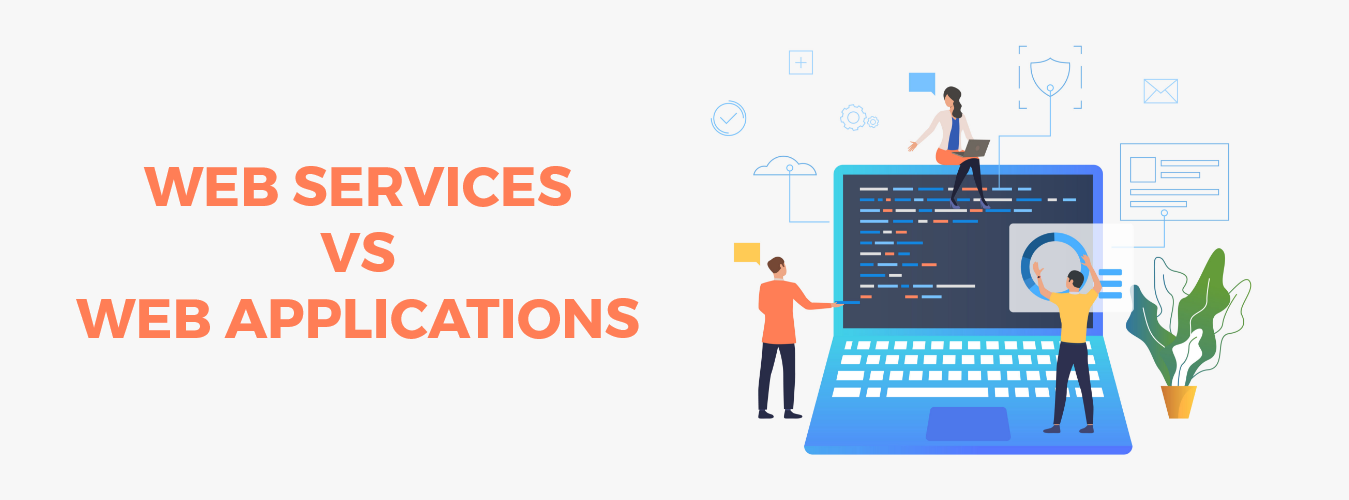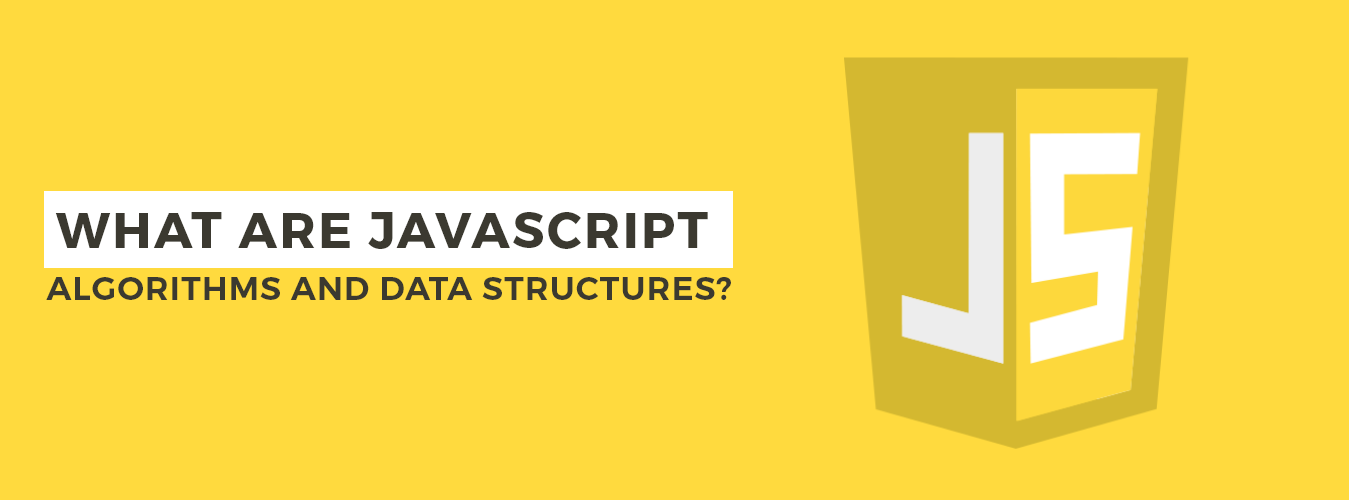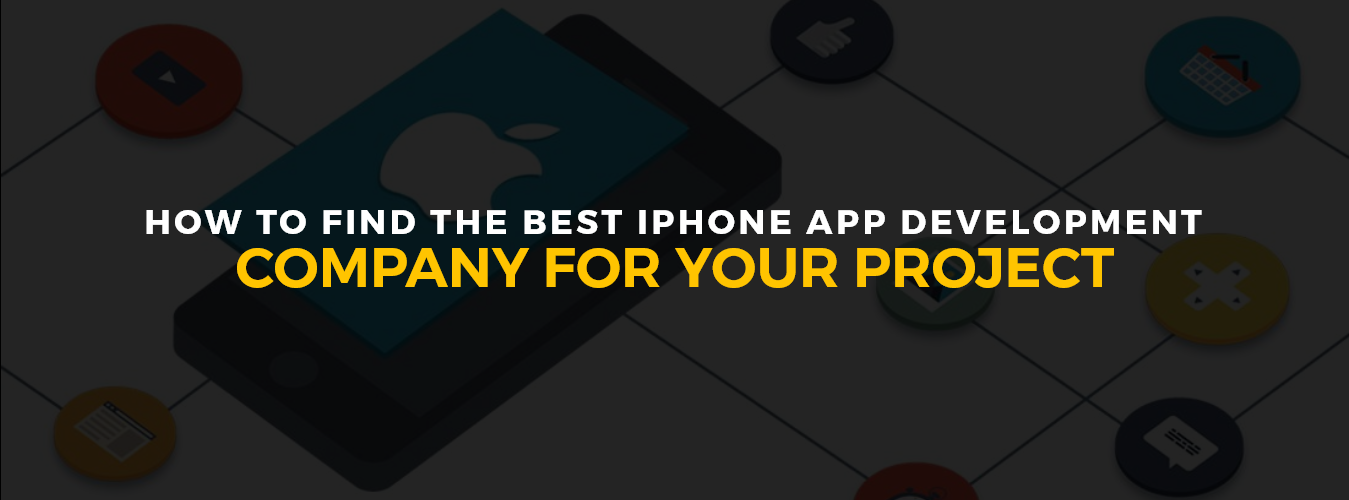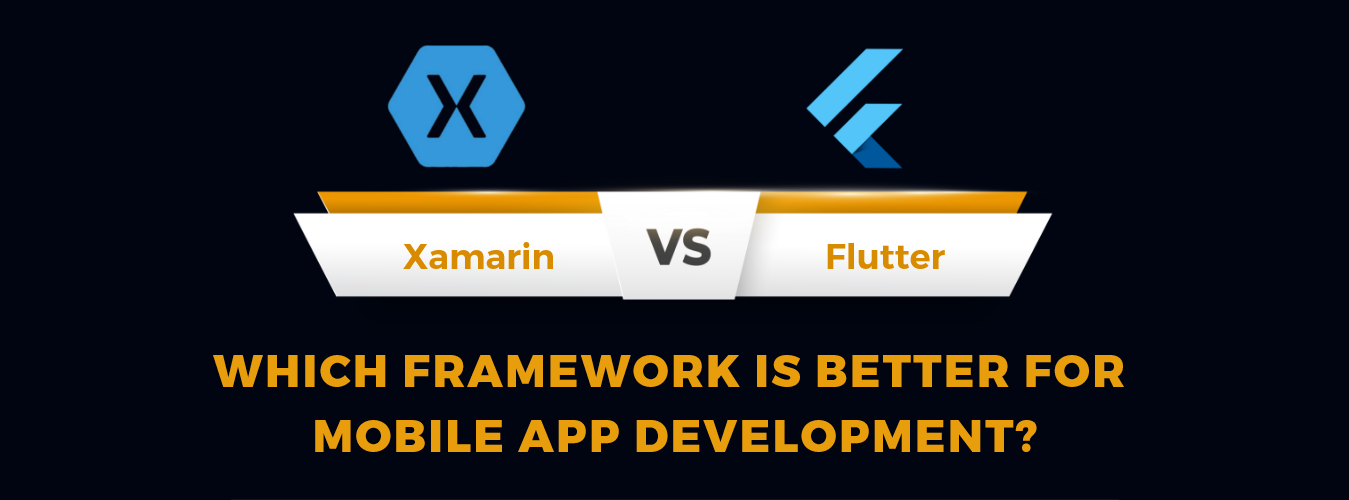The process of converting data to a graphical interface using CSS, HTML, and JavaScript for users to view and interact with is known as frontend web development. Popular frontend frameworks like Vue and React improve user accessibility, while back-end frameworks like Django and RoR support the development of sound logic and functionality. The front end of the website can be built using a variety of platforms and development tools, including Joomla, WordPress, and Drupal. The difference between creating a well-designed, scalable website and a hacked one may be seen in knowing which tools are best suited for specific jobs.
The Front-End Development Company consider these factors while utilizing accessible methods and resources to complete the task. The site’s creators demand that it run properly in all browsers on mobile devices, including tablets and smartphones, as they continue to develop for these platforms. This may be accomplished easily by creating a responsive site design using CSS style sheets. Performance objectives mostly focus on the render time, using CSS, HTML, and JavaScript to ensure the website loads quickly.
Crafting Your Ideal Mobile App/Experience Starts Here!
Ready to elevate your business? Your custom app is just a click away.
Yes Let’s goList of Top 6 Frontend Frameworks
1- Angular
Without Angular, no top front-end development frameworks list would be complete. The sole TypeScript-based framework on this list is Angular. Google created Angular, formally introduced in 2016, to fill the gap between the expanding demands of technology and tried-and-true ideas that produced results. It denotes real-time synchronization between the model and the view, which means that any changes made to the model are instantly reflected in the view and vice versa.
Angular is ideal for your project if it entails creating mobile or web apps! Additionally, you can use this framework to create progressive web applications and multi-page websites. Businesses like BMW, Xbox, Forbes, Blender, and others use Angular to launch their applications. Despite the abundance of documentation, it is difficult to comprehend because it is too complicated or confusing.
2- VueJs
A framework called VueJs makes creating dynamic and compact web apps simple. VueJs’ creators have combined the finest elements of the available frontend frameworks to create an easy-to-use framework. Compared to Angular, it is simple to understand and use. Second, it provides two-way binding, Visual DOM, and component-based programming while being considerably smaller in size and similar to Angular. Despite its versatility, large-scale businesses have not yet taken to it. This is because the majority of significant businesses continue to rely on Angular for enterprise-based web apps. Alibaba, 9gag, and Xiaomi are a few businesses that utilize VueJs.
It is advised to use VueJs for tasks that require more flexibility. Everything can be created from inception, making it easier to create dynamic applications. VueJs has a lot of functionality but still struggles to produce stable components. If you’re looking for a group where you can ask for assistance if you run into problems, that’s another reason you wouldn’t want to choose VueJs.
3- Svelte
Svelte was first released in 2016, and its popularity has grown steadily since then. Svelte is a compiler; it is neither a system nor a library. Today, it is regarded as one of the top frontend frameworks for 2023. Approximately 10 to 15% of frontend workers are happy with Svelte. This framework has created over 3,000 websites and apps, including The New York Times, 1Password, Philips BlueHive, Chess, Absolute Web, Godday, Cashfree, Rakuten, HealthTree, Razorpay, and numerous others.
Svelte is a component-based, open-source JavaScript frontend framework written in TypeScript that is not only a fast frontend framework on the market but also a lightweight development choice. Compared to other frontend frameworks, it allows developers to complete their web development projects with much less coding. Svelte encourages flexibility in the coding process and lacks DOM support. To make development navigation simple, you will be able to access variables straight from the markup. That’s because Svelte isolates the logic, template, and view and applies modularity concepts to various grouping components.
4- JQuery
One of the first UI frameworks, jQuery, debuted in 2006 and has since gathered a sizable tech following. Although it technically qualifies as a library, it also matches the definition of a framework. Consequently, a lot of frontend workers still view it in that way. With the help of jQuery, users can modify the CSS and DOM to increase the usefulness and interactivity of a website or application. It also provides ease by requiring less JavaScript coding. jQuery wasn’t initially designed to build mobile applications. However, the most recent framework iteration, jQuery Mobile, enables programmers to create real mobile apps.
Because jQuery often generates excessive JavaScript code, creating large-scale applications is not advised. Instead, because of cross-browser compatibility and optimized code logic, it was once the preferred choice for creating desktop-based JavaScript apps.
5- Ember
Ember precedes all of the frameworks above due to their lengthy history. Undoubtedly, Ember.js has become much less popular over time. However, it’s still a strong contender for effective MVC-based app creation. Although the framework is well-liked by Front-End Development Companies, it can also be used for desktop and mobile applications because it is quite flexible.
More significantly, Ember is still a work in progress. And to stay up with frontend trends, the Ember 4.0 release includes new features. Integration of backward interoperability is another feature that sets Ember apart. Ember, as a framework, does a great job of preventing your code from breaking when the framework itself undergoes significant changes.
Conclusion
Staying on top of the most recent trends can be challenging, given how frequently the frontend environment changes. Because of this, we’ve created a list of the top frontend frameworks for web programming in 2023. We have the frameworks you need, whether you’re looking for one to streamline your Web Development Process or one to assist you in developing cutting-edge user experiences. So look over our collection to determine which framework is best for you.
Crafting Your Ideal Mobile App/Experience Starts Here!
Ready to elevate your business? Your custom app is just a click away.
Yes Let’s go






